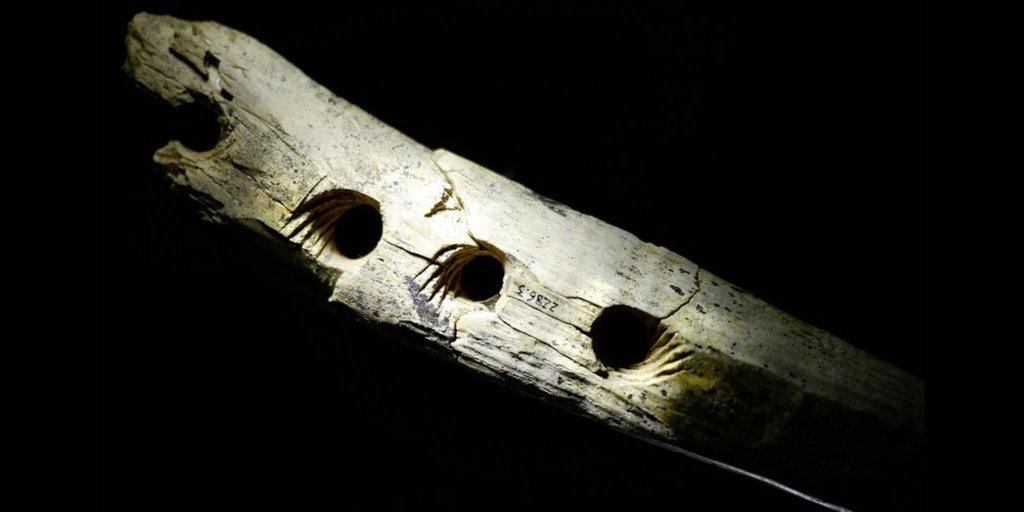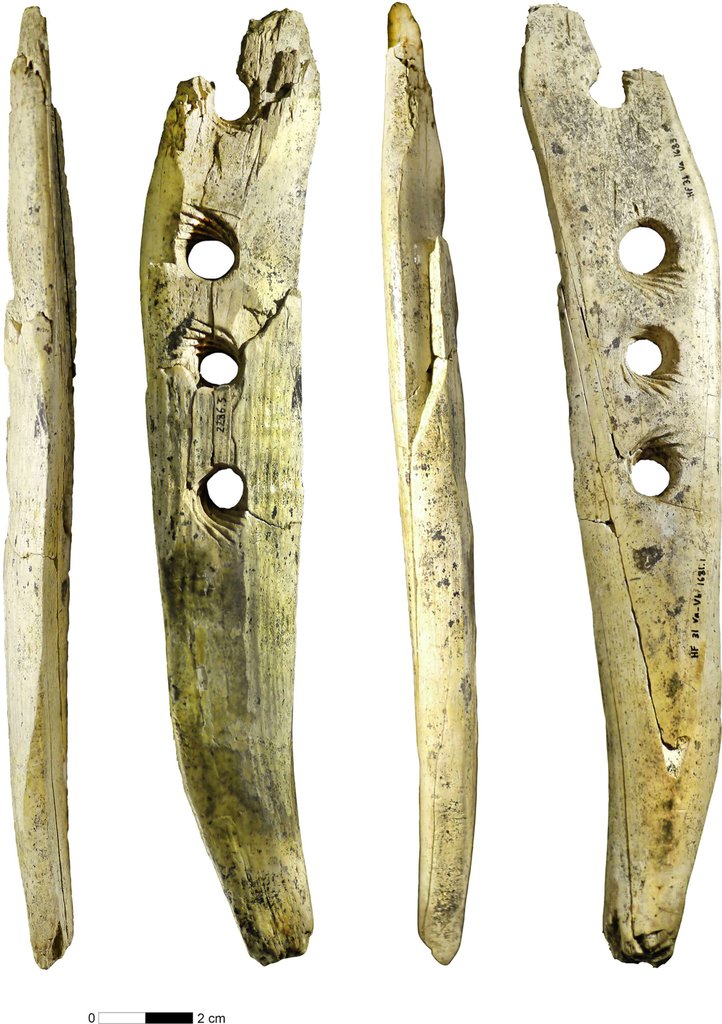
In a fascinating revelation, scientists confirm that a woolly mammoth tusk, dating back approximately 35,000 years, served as a tool for rope-making among early humans. Previously believed to be a symbolic or artistic artifact, the ivory’s utilitarian purpose has now been affirmed through experiments conducted with a replica of the ancient find.
Unveiling Ancient Secrets
Published in Science Advances, the study dismisses notions of the ivory baton being a mere piece of art, highlighting its functional significance. Researchers successfully crafted a robust rope from cattail reeds using a recreated version of the artifact, challenging previous assumptions.
Unearthed in 2015 at the Hohle Fels cave in southwestern Germany, the mammoth ivory, now known as the ‘Hohle Fels baton,’ was initially perceived as a potential ritualistic or ceremonial object. However, meticulous analysis of its grooves and holes led to the discovery of residue and wear patterns, indicating its role as a tool for rope or twine production.
Decoding the Stone Age
The ivory’s strategic design, intentional grooves, and traces of plant and soil residue provide compelling evidence of its practical function.

Stone Age humans likely utilized such tools for crafting strong ropes essential for various purposes, including tool-making, shelter construction, item transportation, domesticating dogs, and kindling fires.
Reviving Ancient Craft
While Stone Age ropes, typically made from plant materials, have disintegrated over time, the Hohle Fels baton offers a rare glimpse into ancient ingenuity. The recent experiment involved crafting replicas of the ivory using materials available around 30,000 years ago, such as deer sinew, flax, hemp, linden, willow, and nettles. Cattail reeds emerged as the most effective choice, allowing the team to create a five-meter-long, durable rope in ten minutes.
While the study doesn’t conclusively assert the ivory’s exclusive use for rope-making, it represents a groundbreaking step in documenting artifacts likely employed for such purposes. This research sheds light on the resourcefulness of early humans, offering a vivid connection to their innovative practices more than three millennia ago.